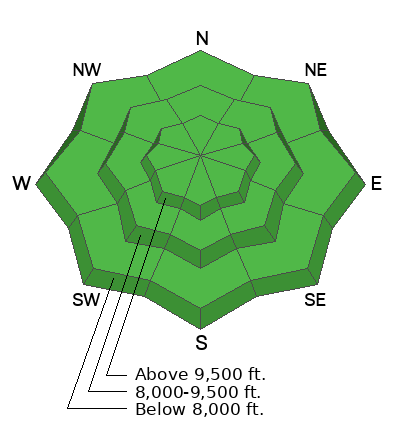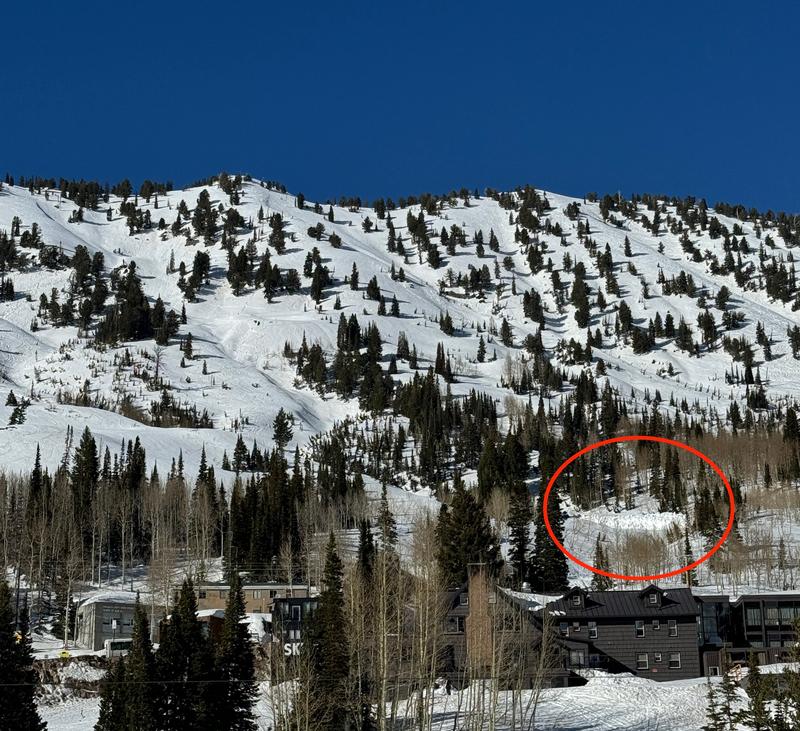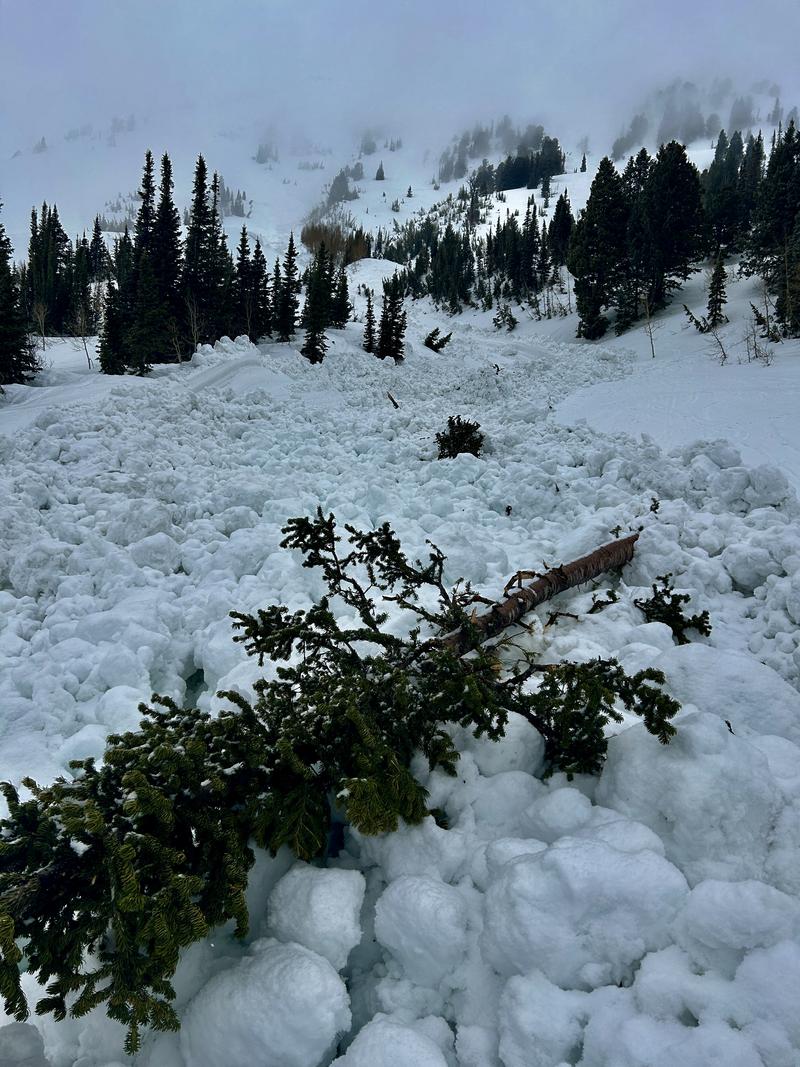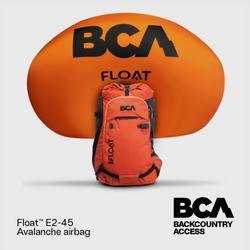Forecast for the Salt Lake Area Mountains

Issued by Drew Hardesty on
Friday morning, March 22, 2024
Friday morning, March 22, 2024
The avalanche danger is LOW and the snow is generally stable. Remember that Low danger does not mean No danger. Even small avalanches can lead to trouble in extreme terrain.
With daytime warming and/or greenhousing, the snow today may become wet, unsupportable, and unstable. Move off of these aspects. I would also avoid Stairs Gulch and Broads Fork of BCC to avoid most of the glide avalanche issues for the next few days...
With daytime warming and/or greenhousing, the snow today may become wet, unsupportable, and unstable. Move off of these aspects. I would also avoid Stairs Gulch and Broads Fork of BCC to avoid most of the glide avalanche issues for the next few days...

Low
Moderate
Considerable
High
Extreme
Learn how to read the forecast here






